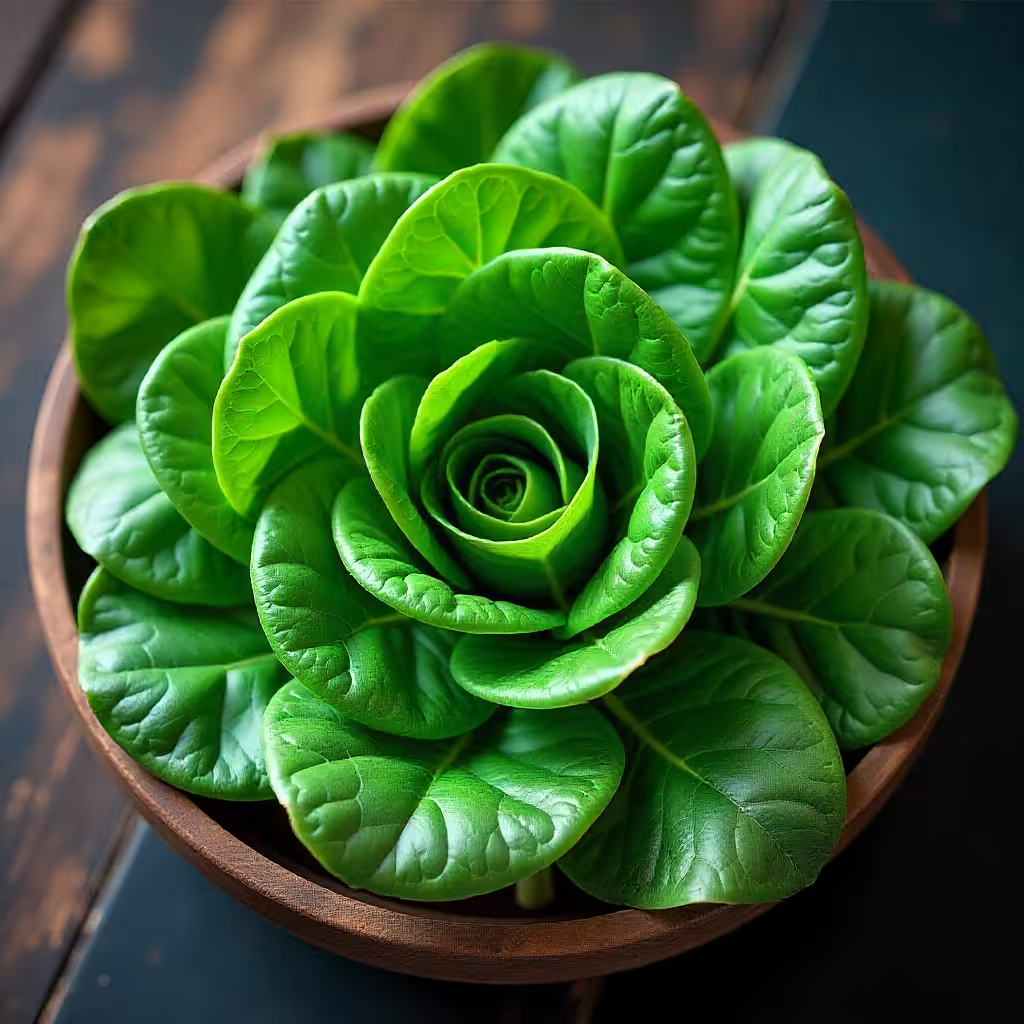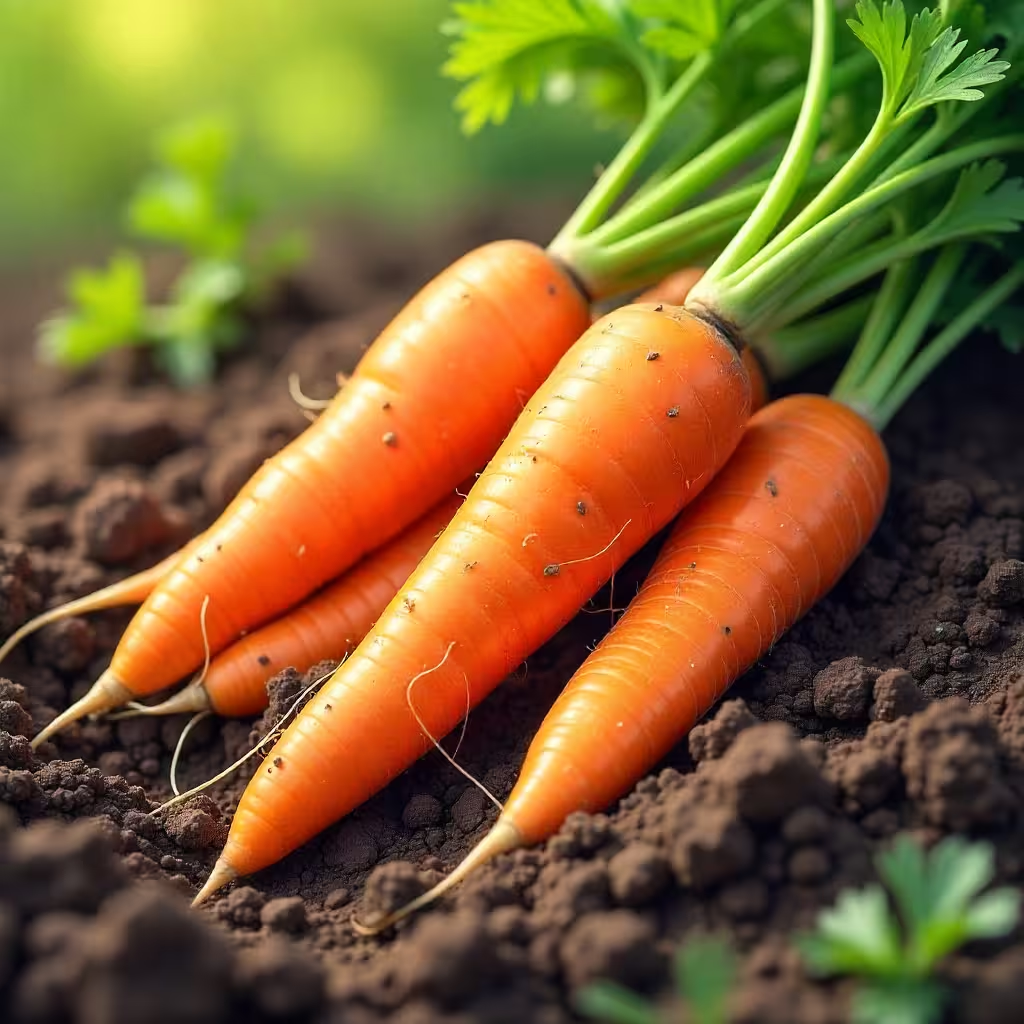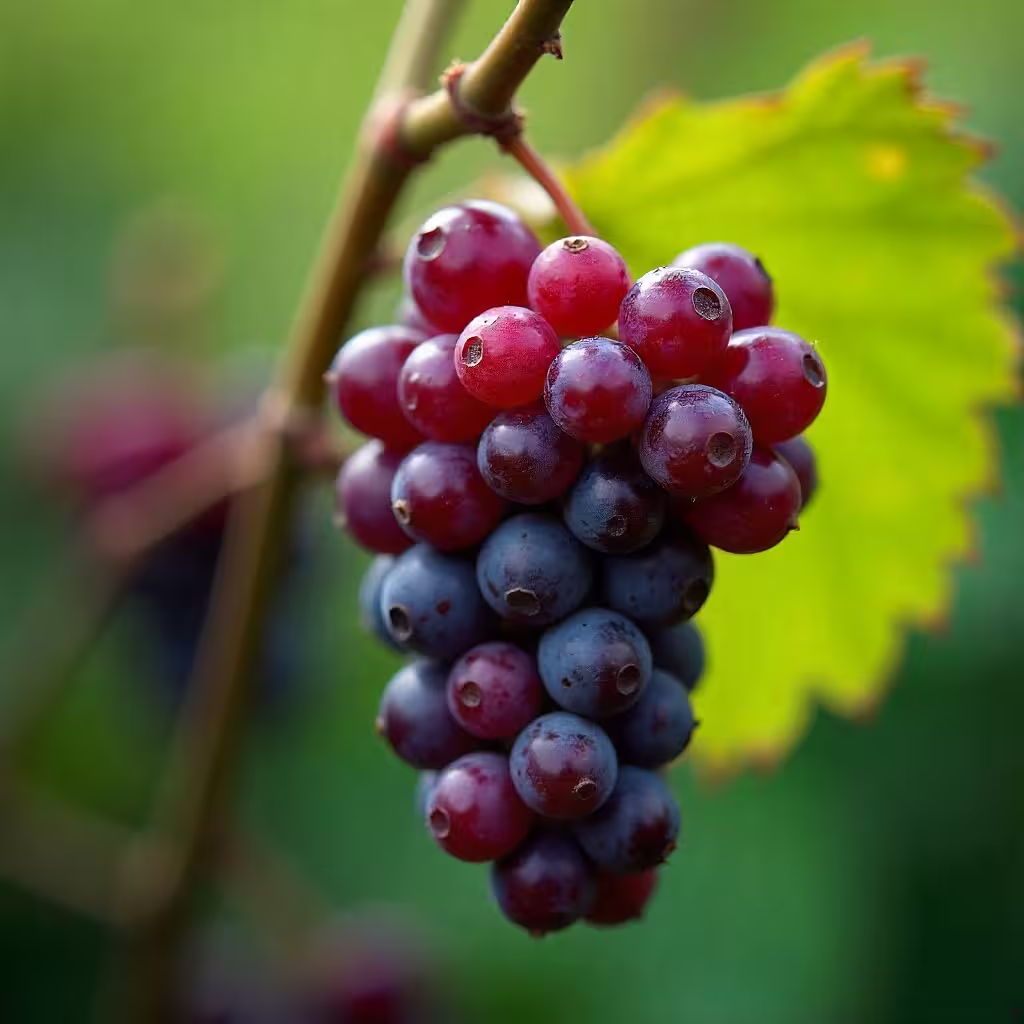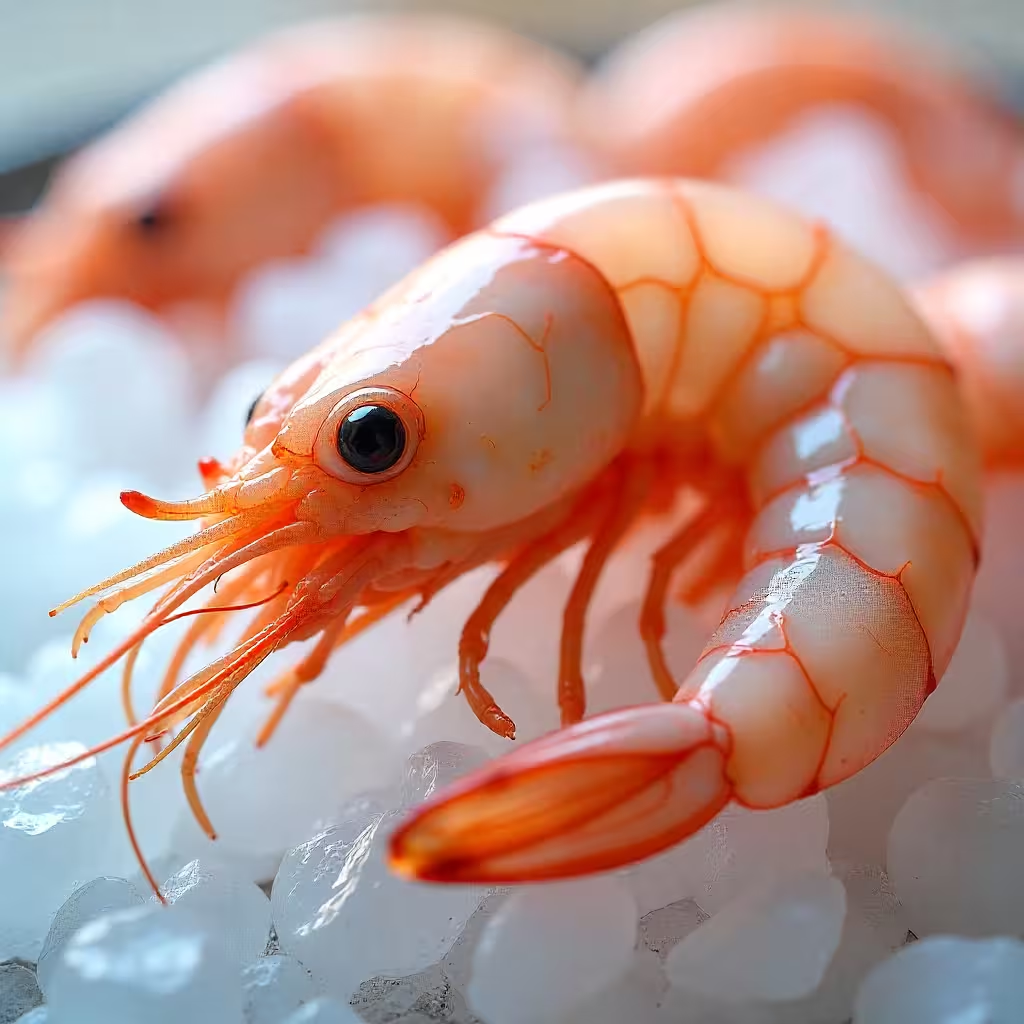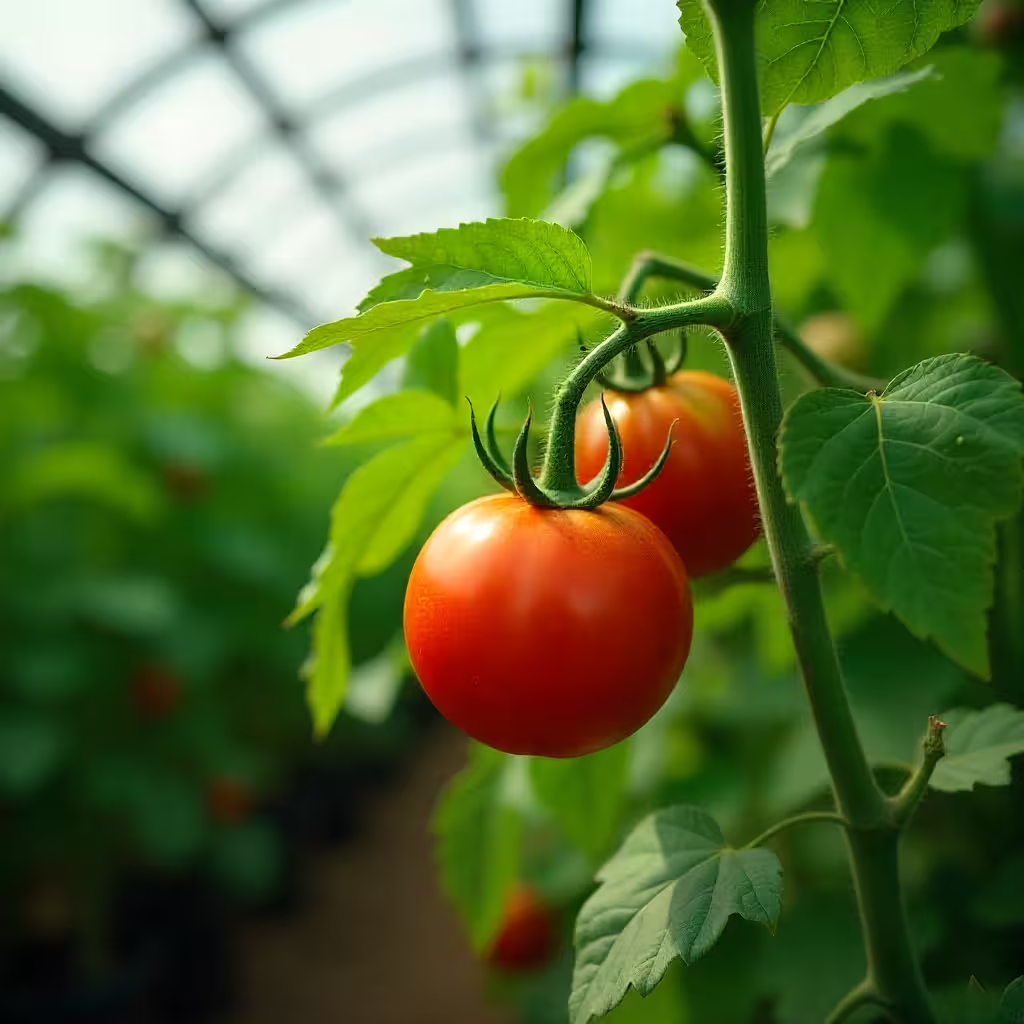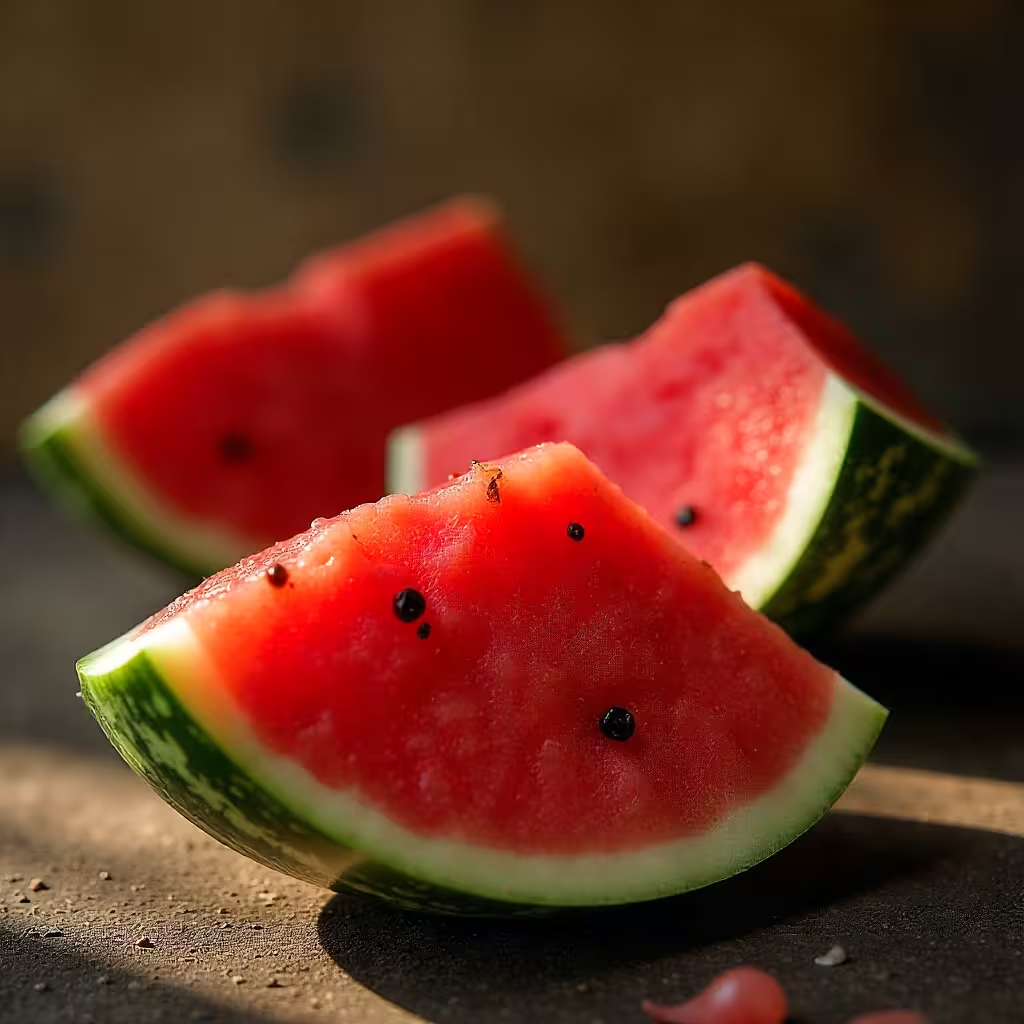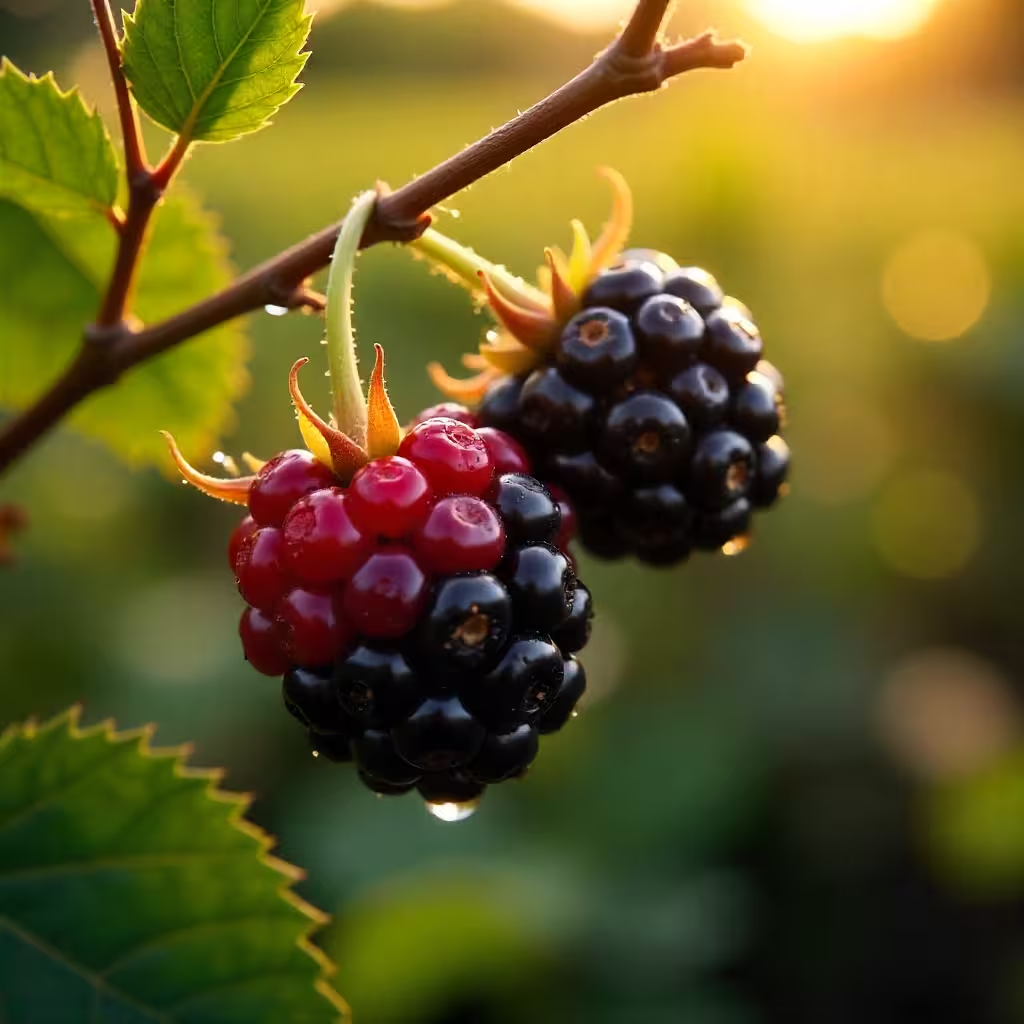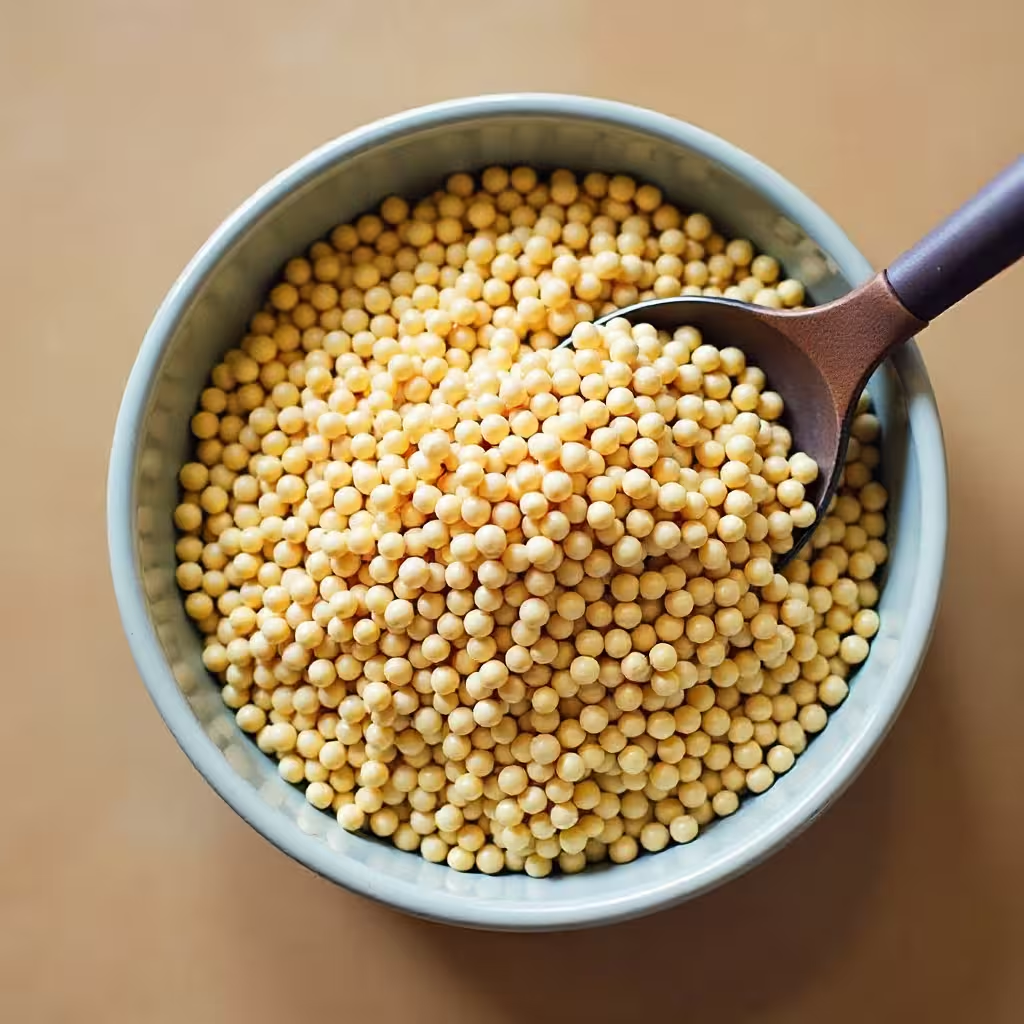Shrimp: A Protein-Dense Seafood Powerhouse for Fat Loss
Shrimp is one of the most protein-dense, low-calorie foods available, making it an exceptional choice for anyone pursuing fat loss while maintaining muscle mass. A 100-gram serving of cooked shrimp contains approximately 99 calories and an impressive 24 grams of complete protein, delivering one of the highest protein-to-calorie ratios among all animal foods. With less than 1 gram of fat and virtually no carbohydrates, shrimp provides pure, lean protein that keeps you satisfied without adding unnecessary calories to your daily intake. Beyond its macronutrient profile, shrimp is remarkably nutrient-dense, offering significant amounts of selenium (essential for thyroid function and antioxidant protection), vitamin B12 (crucial for energy metabolism and nerve function), phosphorus (important for bone health), iodine, zinc, and omega-3 fatty acids, particularly EPA and DHA which support heart and brain health. The naturally occurring compound astaxanthin gives shrimp its pink color and provides powerful antioxidant benefits. Shrimp cooks incredibly quickly—usually in just 2-4 minutes—making it one of the most convenient protein sources for busy individuals, and its mild, slightly sweet flavor and firm texture make it universally appealing and adaptable to countless cuisines and flavor profiles from around the world.
Featured Content
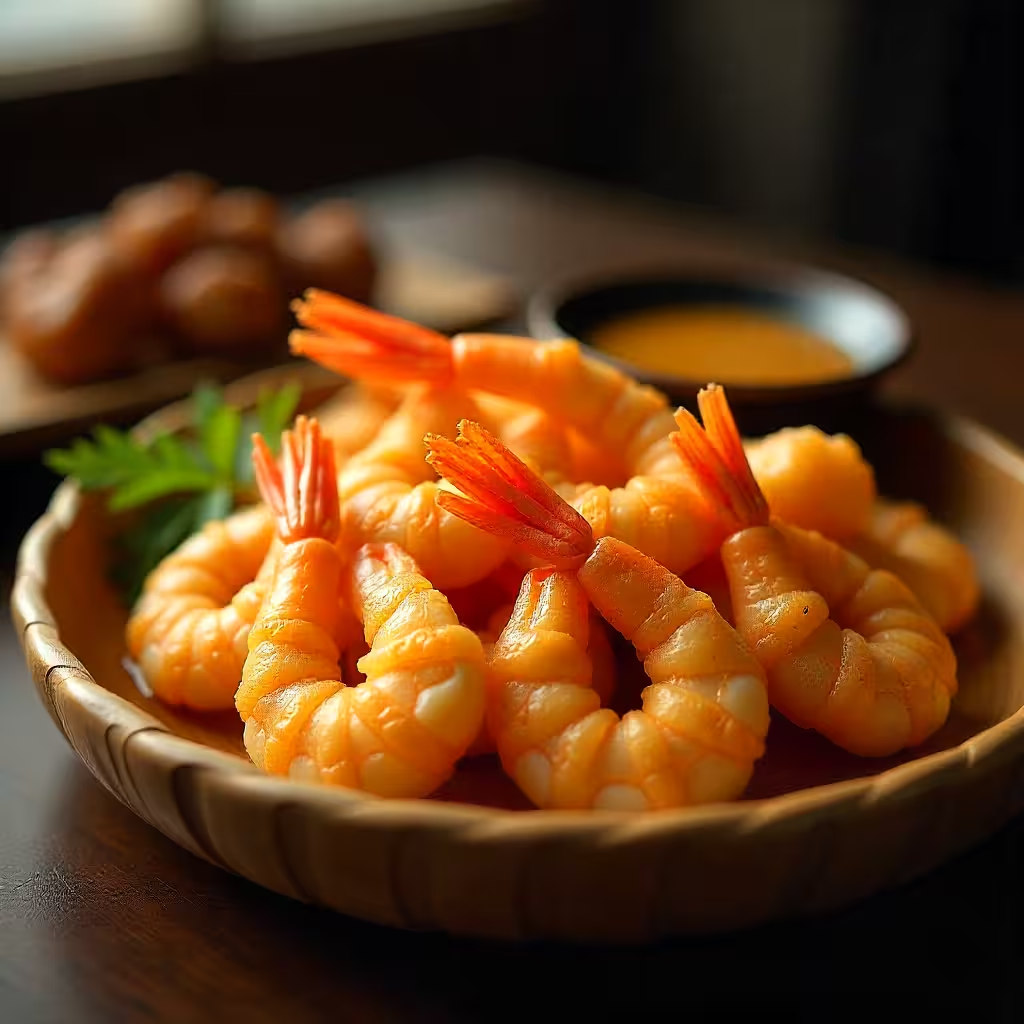
Preparing shrimp is remarkably simple and offers numerous cooking methods that preserve its low-calorie benefits while creating delicious, restaurant-quality meals at home. The most common method is sautéing: heat a non-stick pan with a small amount of olive oil or cooking spray over medium-high heat, add peeled and deveined shrimp, and cook for 2-3 minutes per side until they turn pink and opaque, being careful not to overcook as they become rubbery when overdone. Grilling creates a smoky, charred flavor by threading shrimp onto skewers (soaked if wooden) and cooking over direct heat for 2-3 minutes per side, perfect for summer meals. Boiling or steaming shrimp in seasoned water with lemon, bay leaves, and Old Bay seasoning creates perfectly tender shrimp for shrimp cocktails or salads without any added fats. Baking shrimp at 400°F (200°C) for 8-10 minutes with garlic, herbs, and a light spray of oil produces hands-off, evenly cooked results. Air-frying has become increasingly popular, creating crispy exterior without deep-frying by cooking at 400°F for just 5-7 minutes. For fat loss purposes, avoid breading and deep-frying which can quadruple the calorie content; instead enhance flavor with fresh garlic and ginger, citrus juice and zest from lemon or lime, fresh herbs like cilantro, parsley, or basil, spices such as paprika, cumin, chili powder, or cajun seasoning, and minimal amounts of heart-healthy fats like olive oil or avocado oil when needed.
Additional Insights
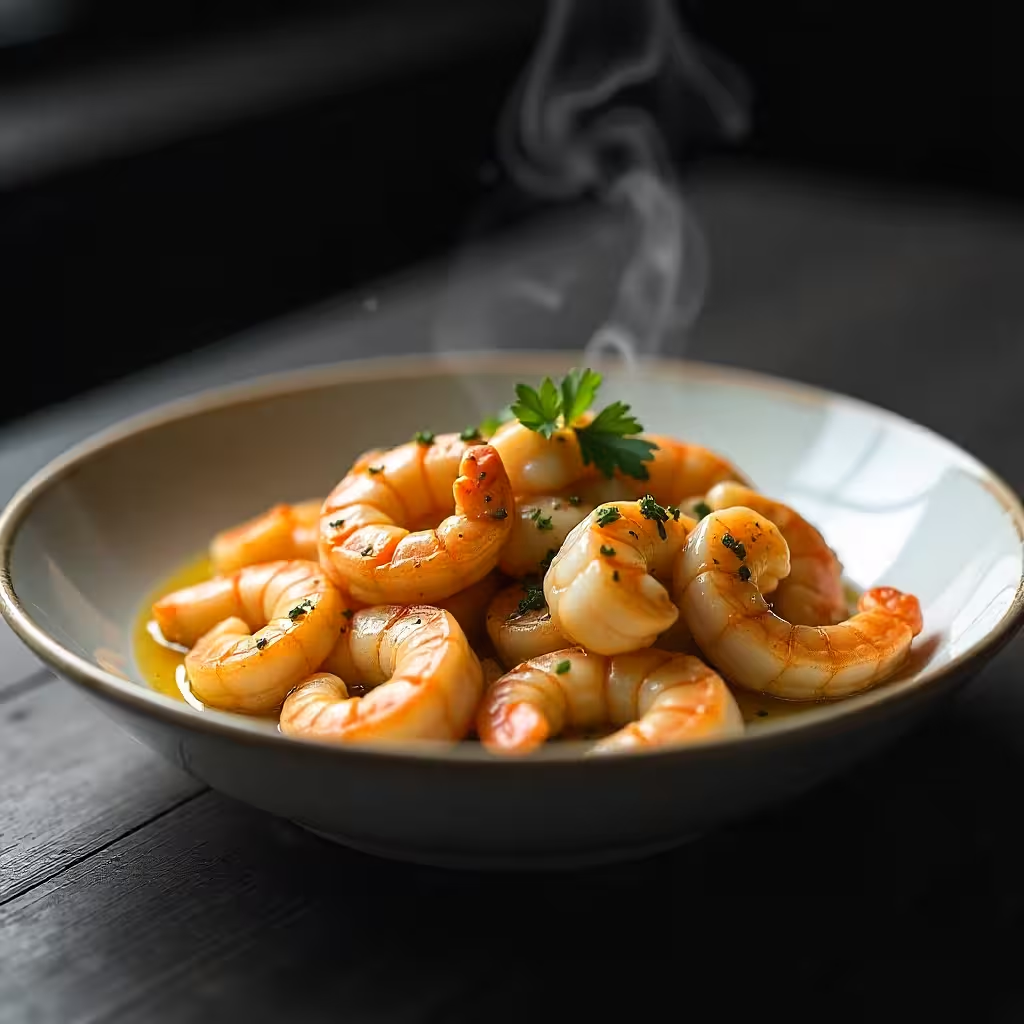
In Europe, shrimp consumption is significant and deeply embedded in culinary traditions, particularly in coastal Mediterranean and Northern European countries where seafood plays a central dietary role. Spain is one of the world's largest consumers of shrimp per capita, with gambas (shrimp) being a tapas staple, prepared simply with garlic and olive oil (gambas al ajillo), grilled, or incorporated into paella, the famous rice dish from Valencia. Portugal features shrimp prominently in dishes like açorda de marisco (bread stew with seafood) and grilled piri-piri shrimp, reflecting the nation's extensive seafood heritage. In Scandinavia, particularly Sweden, Norway, and Denmark, small cold-water shrimp are beloved, often served on open-faced sandwiches (smørrebrød), in salads, or simply boiled and eaten with mayonnaise-based sauces, though health-conscious Scandinavians increasingly prepare them with lighter accompaniments. The United Kingdom has a strong tradition of shrimp consumption, from the classic prawn cocktail (a retro appetizer that remains popular) to curried prawns and shrimp sandwiches. France incorporates shrimp into sophisticated preparations like bisques, shrimp with garlic butter, and as components in elaborate seafood platters. Italy features shrimp in pasta dishes, risottos, and grilled preparations drizzled with lemon and olive oil. European consumers have become increasingly concerned with sustainability, leading to growing demand for certified sustainable shrimp and awareness of the environmental impacts of certain shrimp farming practices, with many Europeans willing to pay premium prices for wild-caught or responsibly farmed varieties.
In-depth Analysis
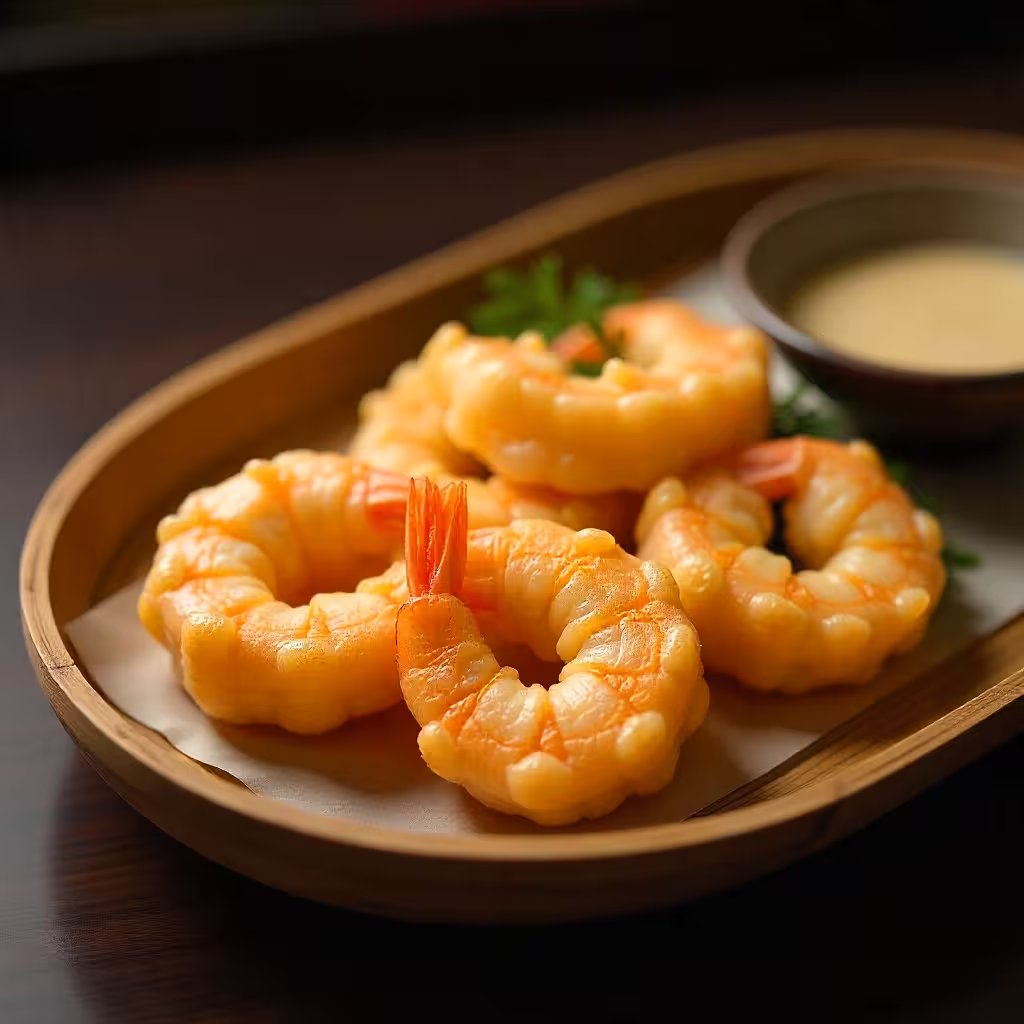
In the United States, shrimp is the most consumed seafood by volume, surpassing even tuna and salmon, with Americans eating over 4 pounds per person annually on average. The Gulf Coast states—Louisiana, Texas, Alabama, Mississippi, and Florida—have robust shrimp fishing industries and deep culinary traditions featuring shrimp in dishes like shrimp and grits, shrimp étouffée, gumbo, and po' boy sandwiches, though health-conscious versions now often reduce butter and oil. Cajun and Creole cuisine from Louisiana has popularized spicy, flavorful shrimp preparations throughout America, with blackened shrimp and boiled shrimp seasoned with Old Bay or Zatarain's becoming national favorites. American casual dining chains like Red Lobster, Bubba Gump Shrimp Company, and Joe's Crab Shack have made shrimp accessible to millions, though restaurant preparations often involve heavy sauces and butter that add significant calories. The American fitness community has embraced shrimp as a bodybuilding and fat-loss staple because of its exceptional protein content and versatility, with meal-prep enthusiasts often batch-cooking shrimp for the week ahead. Asian-American cuisine has also shaped American shrimp consumption, with Chinese-American dishes like kung pao shrimp, shrimp fried rice, and shrimp with lobster sauce being extremely popular, along with Thai shrimp curries and Vietnamese shrimp spring rolls. The United States imports approximately 90% of its shrimp, primarily from India, Indonesia, Ecuador, and various Asian countries, raising concerns about farming practices, antibiotic use, and environmental sustainability that have led some consumers to specifically seek wild-caught Gulf or Pacific shrimp despite higher costs.
Key Highlights
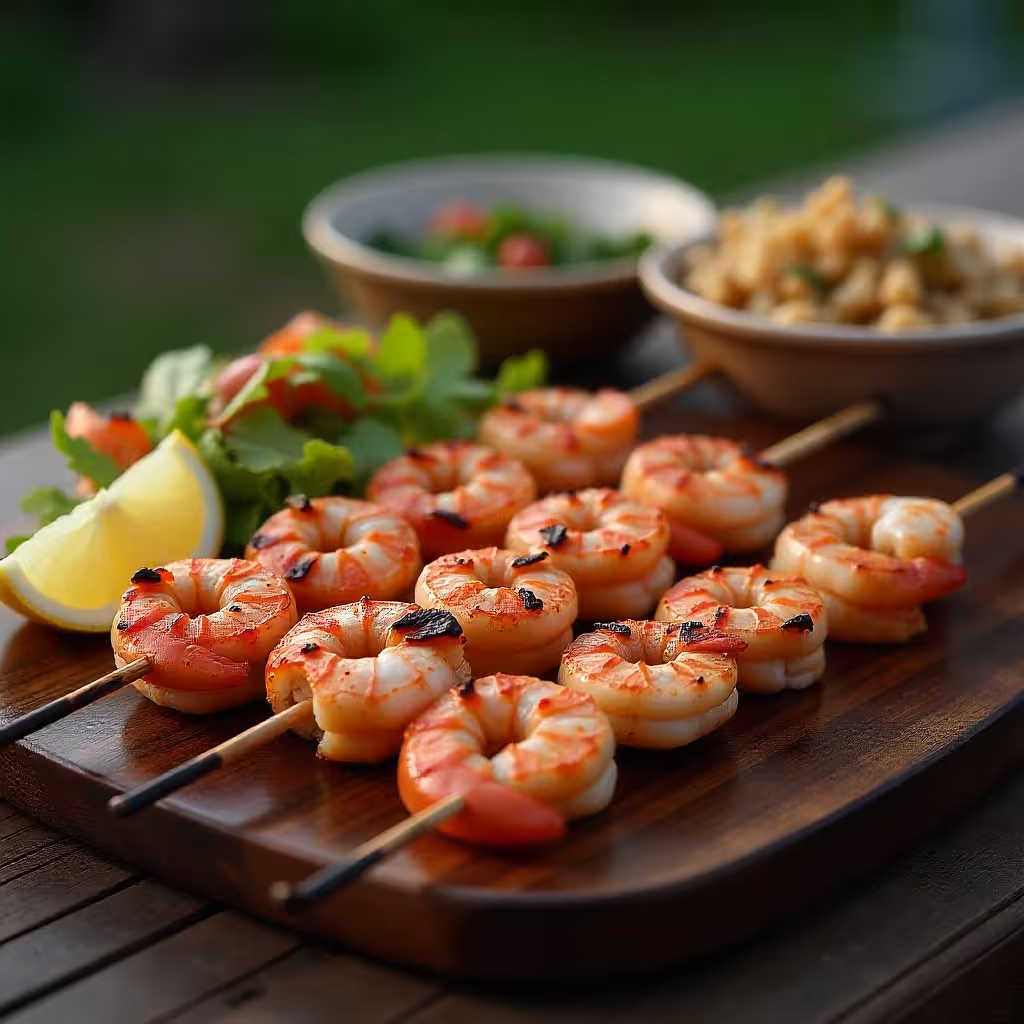
In Africa, shrimp consumption is concentrated in coastal regions with fishing traditions, though it remains relatively expensive and is often exported rather than consumed locally, making it a luxury protein for most African populations. West African coastal nations like Senegal, Mauritania, Ghana, Nigeria, and Cameroon have significant shrimp fishing industries, with much of the catch being processed and exported to European and Asian markets where prices are higher, leaving smaller, less valuable shrimp for local consumption. In Nigeria, Africa's most populous nation, shrimp features in soups and stews, particularly in coastal regions, though dried crayfish (actually small dried shrimp) is more commonly used as an affordable flavoring agent throughout the country. East African countries like Kenya, Tanzania, and Mozambique harvest shrimp from the Indian Ocean, with tourist hotels and upscale restaurants serving grilled prawns, shrimp curries, and seafood platters primarily to international visitors and wealthy locals. North African countries, particularly Morocco, Tunisia, and Egypt, incorporate shrimp into Mediterranean-influenced dishes, tagines, and grilled preparations, with consumption being more common than in sub-Saharan Africa due to geographic proximity to European markets and culinary traditions. The primary barriers to widespread shrimp consumption across Africa include high costs relative to income levels, with fresh shrimp often being 3-5 times more expensive than chicken or fish, limited cold chain infrastructure making fresh shrimp distribution difficult beyond coastal cities, the fact that much of Africa's shrimp catch is exported for foreign currency, and lack of familiarity with preparation methods among inland populations who have little seafood tradition.
Final Thoughts
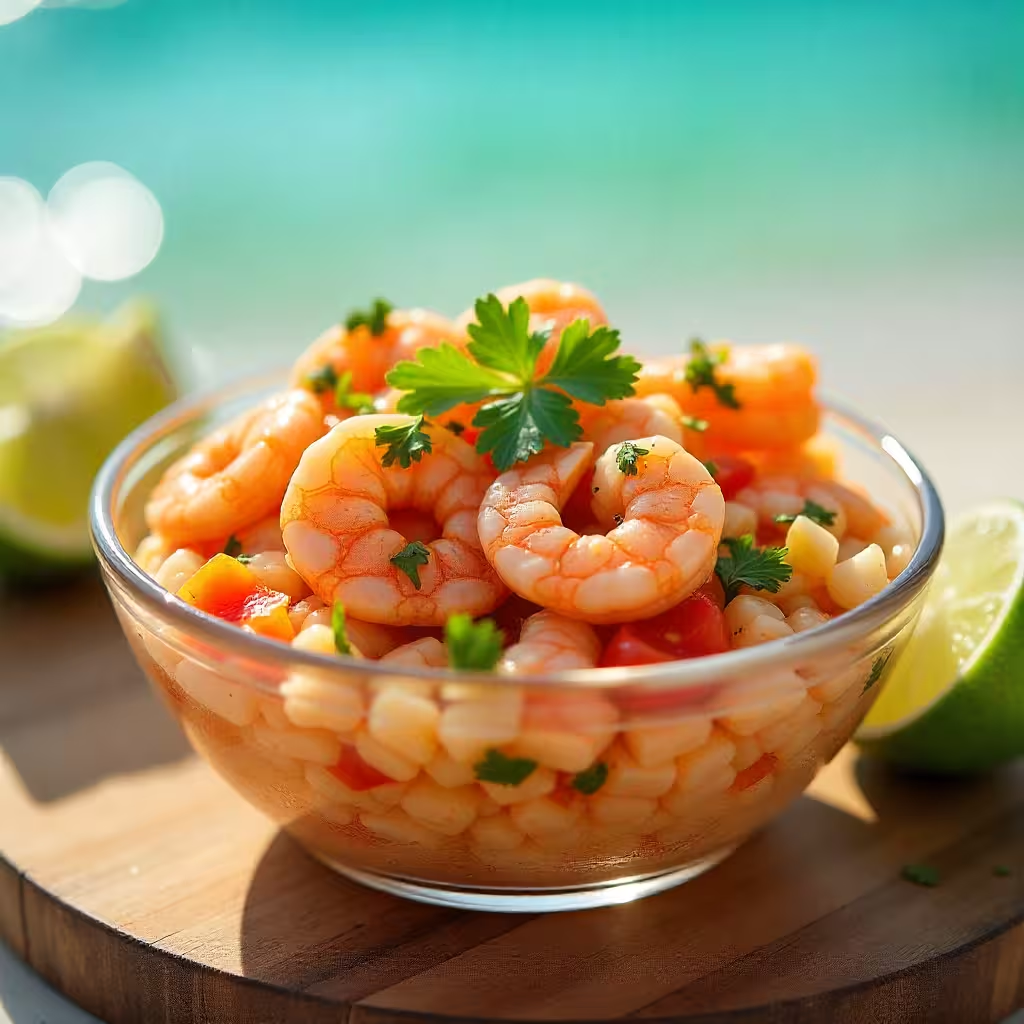
In Rwanda specifically, shrimp availability is extremely limited and represents a luxury food item accessible only to affluent urban residents and found primarily at upscale establishments catering to expatriates and international visitors. As a landlocked country in the heart of East Africa, Rwanda has no domestic shrimp production, meaning all shrimp must be imported frozen, typically flying into Kigali International Airport from Kenya's coast (Mombasa), Uganda via Kenyan ports, or occasionally from South Africa, with these logistics making shrimp prohibitively expensive for the average Rwandan. The few places where shrimp can be found include high-end supermarkets in Kigali such as Simba Supermarket, Nakumatt (when stocked), and some specialty stores, where frozen imported shrimp sells at premium prices often exceeding 15,000-25,000 Rwandan Francs per kilogram, making it one of the most expensive protein sources in the country. Upscale hotels like Kigali Marriott, Radisson Blu, and The Retreat serve shrimp dishes on their international menus, targeting business travelers, diplomats, and tourists rather than local clientele, while high-end restaurants in neighborhoods like Kimihurura and Nyarutarama occasionally feature shrimp in Asian fusion, Italian, or international cuisine. For the overwhelming majority of Rwandans, shrimp is completely outside their food experience and budget, with traditional protein sources like beans, Lake Kivu tilapia, small dried fish (isambaza), chicken, and occasionally goat or beef being infinitely more practical, affordable, and culturally relevant. The few Rwandans who do consume shrimp are primarily wealthy urbanites, returnees from diaspora, or young professionals exposed to international cuisine through travel, work with NGOs, or social media. While shrimp's exceptional protein-to-calorie ratio makes it theoretically ideal for fat loss, the reality is that recommending shrimp as a fat-loss food in the Rwandan context is impractical for all but the wealthiest citizens, and Rwandans seeking similar nutritional benefits would be far better served focusing on affordable local proteins like tilapia, eggs, and legumes that provide excellent nutrition at a fraction of the cost.


